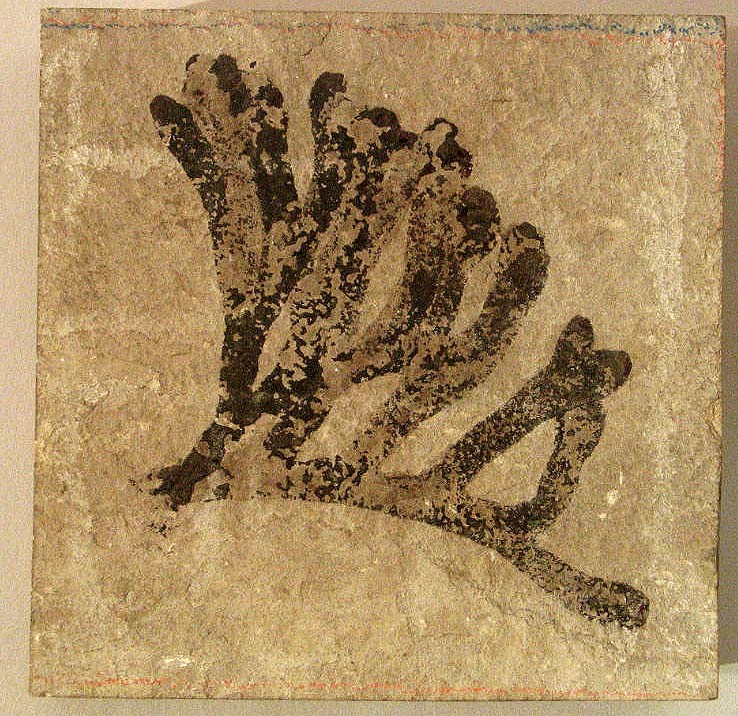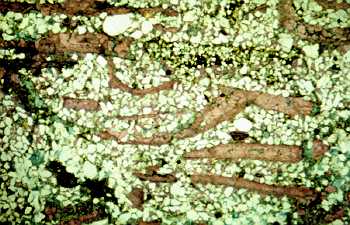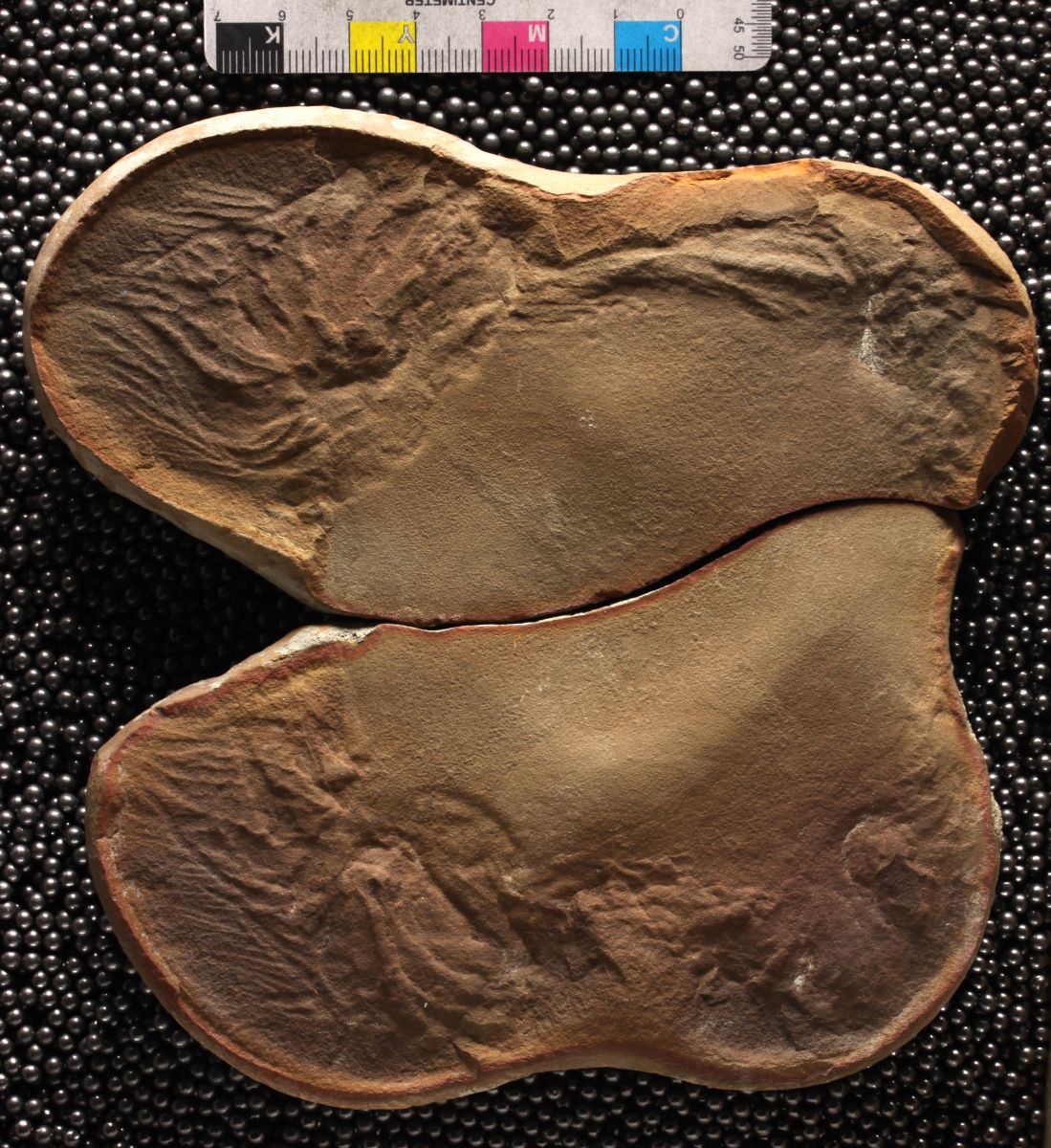Diagenesis refers to the chemical and physical changes that occur in sedimentary geologic materials after their initial deposition or formation. During the Silurian Period, reefs in Wisconsin and Illinois consisted of shells and soft mud composed of calcium carbonate. The shells and mud eventually crystallized into rock called limestone. Later in geologic time, salt-rich waters introduced magnesium into the deposits, changing the limestone into a rock called dolostone, which consists of calcium-magnesium carbonate.
Although some fossils have not been changed from their original composition, most fossils have undergone some degree of diagenesis. There are 5 basic ways that fossils form:
Preserved Remains - The original bone, shell, or even soft tissue is preserved and has not been mineralized. Examples include insects in amber, mammoth frozen in ice, and original bone and shell material. The older a fossil the less likely that the material has not been altered.
Permineralization - Occurs when tiny spaces in bone or wood are filled by new minerals. Silicification is the alteration of a shell composed of calcium carbonate into a fossil shell composed of silica (SiO2).
Molds and Casts - Shells may also be dissolved during diagenesis, leaving only their impression in the rock. This is how most Silurian reef fossils of Wisconsin and Illinois are preserved. An external mold is an impression that preserves the appearance of the outer surface of a shell. An internal mold is an impression of the inner surface of a shell. External and internal molds of the same shell are often very different in appearance.
Replacement - The original shell material is dissolved away and a cavity is left behind which is later filled in with a mineral. The fossil will have details of the external ornamentation but the internal structures of the shell has been lost.
Compression Specimen - Organism is compressed under high pressure and an imprint is left in the rock. Common with leave fossils and sometimes softbody animal fossils as with Mazon Creek fossils.









